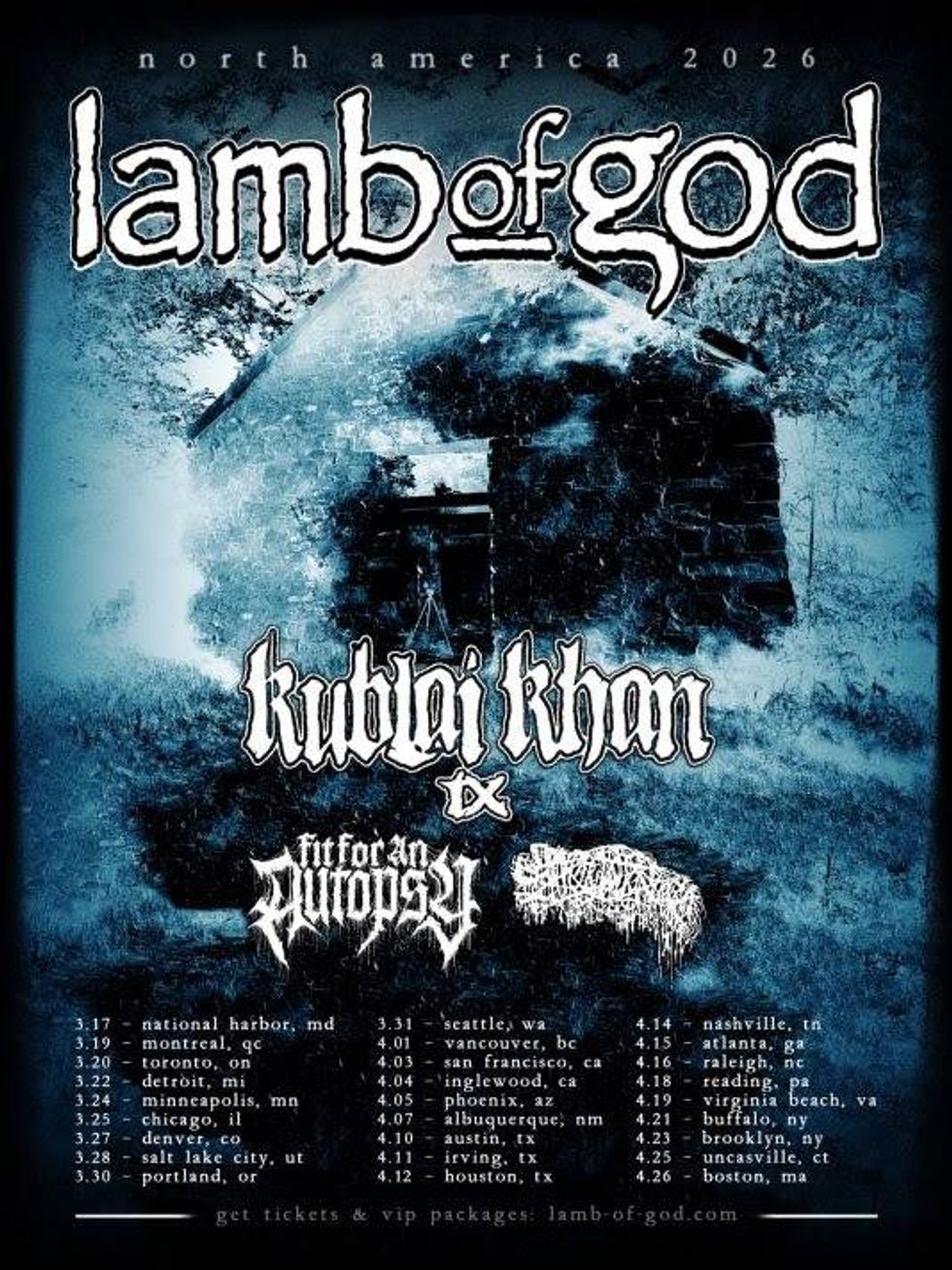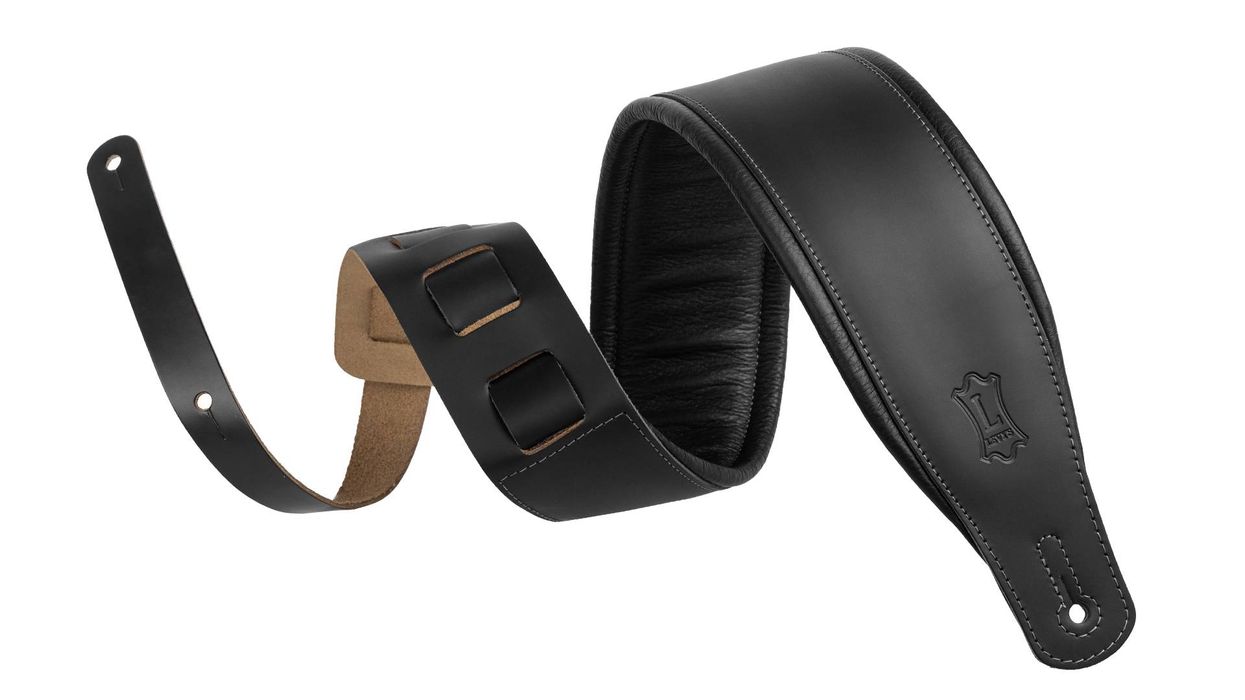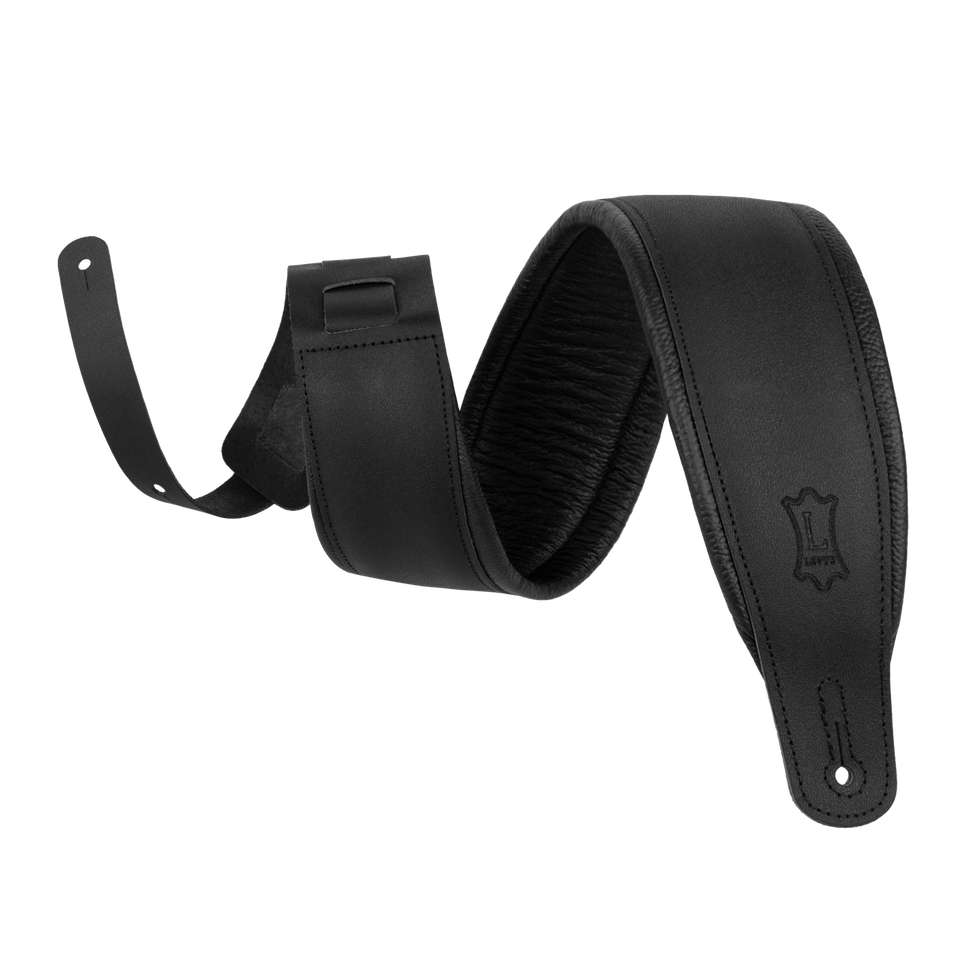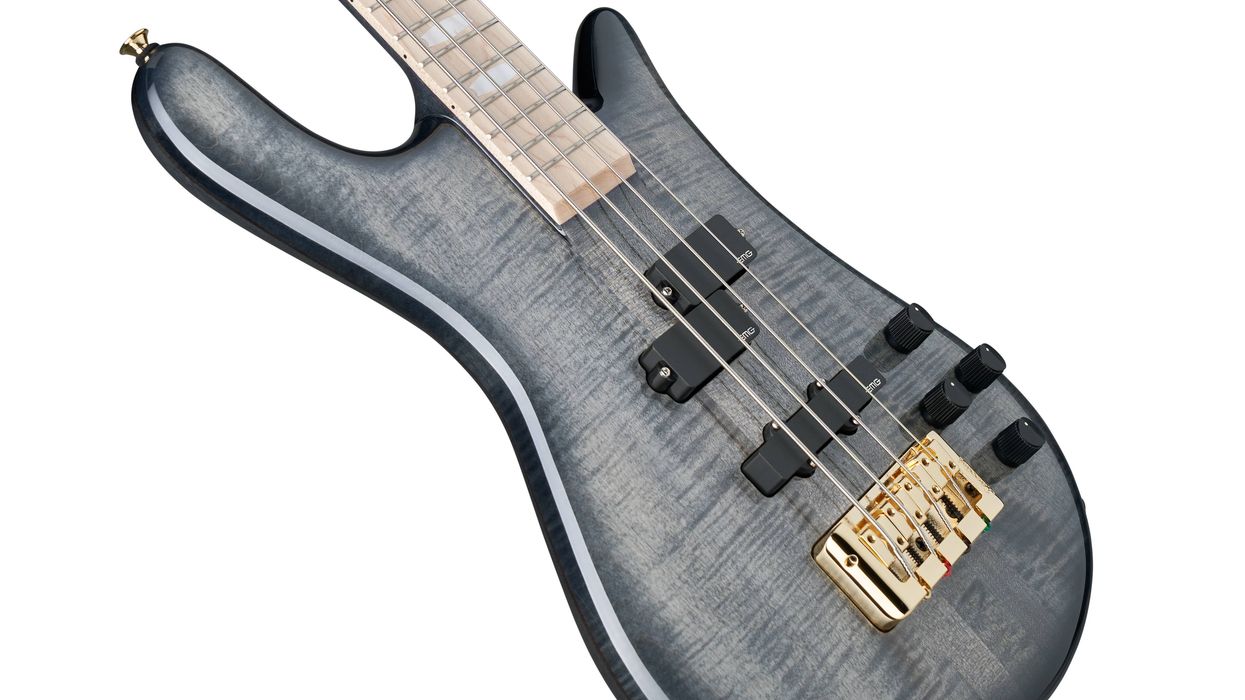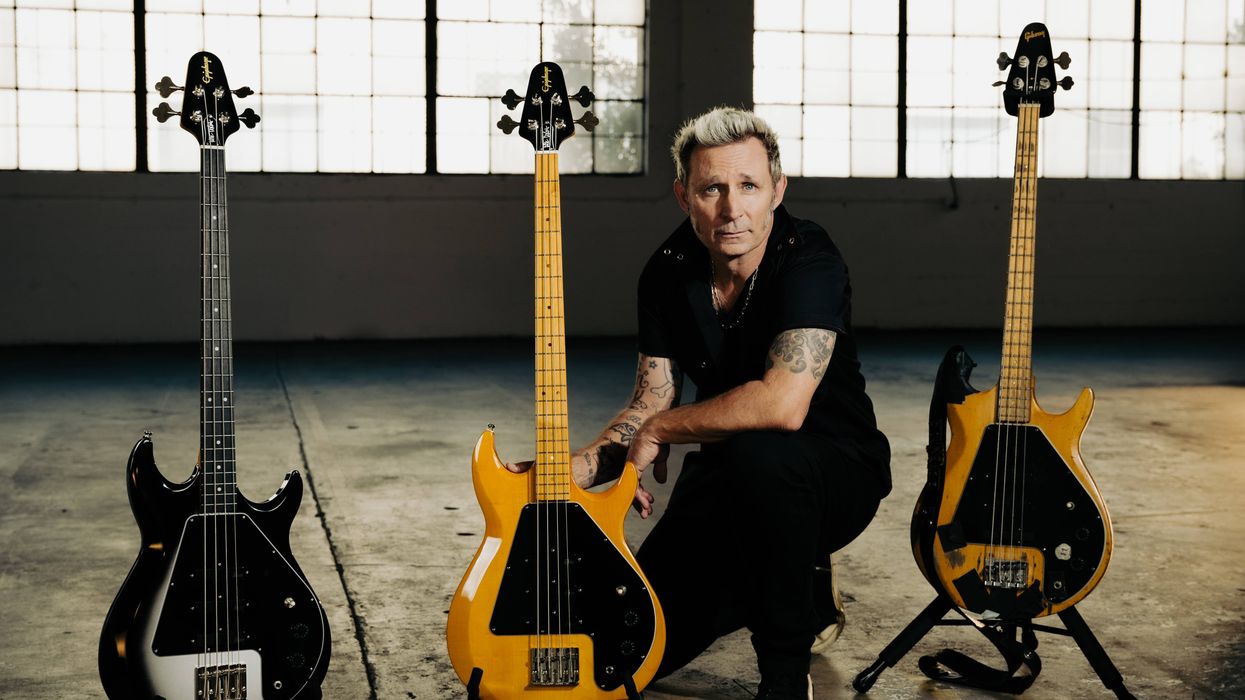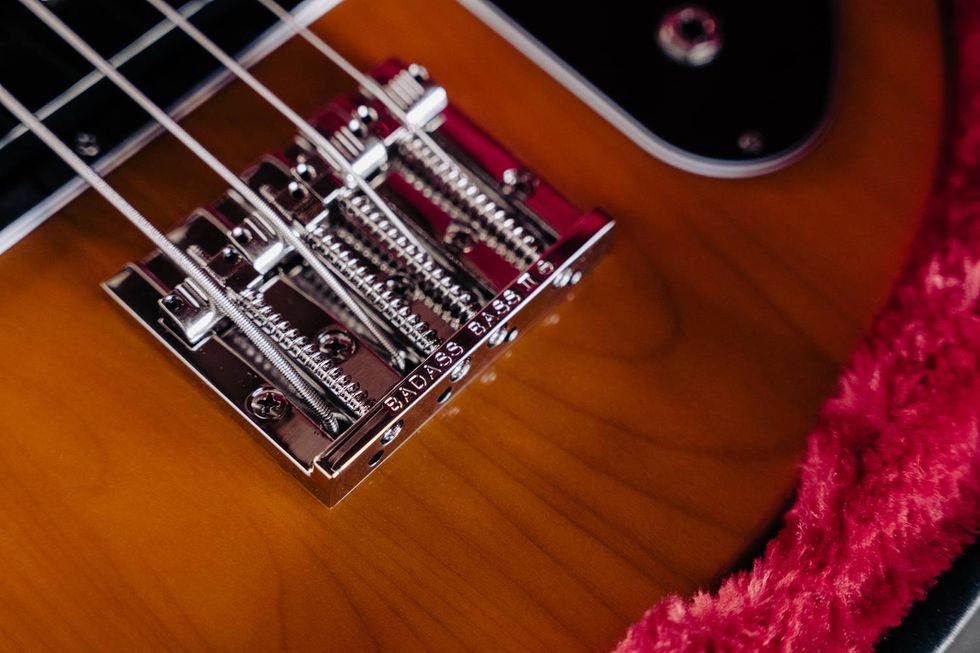Portugal. The Man lead singer and guitarist John Gourley collaborates with Grestch to launch his very own signature, the limited-edition John Gourley Electromatic Broadkaster.
As the founding member, lead singer, and songwriter of Portugal. The Man, Gourley has captivated audiences with his distinctive vocals and innovative musical style. With a dynamic and eclectic approach to his craft, Gourley continues to leave an indelible mark on music through his genre-agnostic contributions and his commitment to driving meaningful transformations through activism. Gourley has been influenced by his affinity for hip-hop and his exploration of different music genres that have shaped his unique style and approach. His positive impact goes beyond music, first by helping create the PTM Foundation — which focuses on building community resilience, empathy, and awareness through music, stories, art, education, and connectivity — and through the Frances Changed My Life initiative, which honors his daughter Frances and aims to provide support for other families dealing with rare disease diagnoses. Now, boasting a signature guitar bearing his name, Gourley aspires for his Broadkaster to become a go-to choice for musicians of all levels, providing an accessible entry point for players seeking to attain their desired sound.
Gretsch Electromatic John Gourley Signature Broadkaster Electric Guitar - Iridescent Black
The limited-edition John Gourley Electromatic Broadkaster was built for musicians from every genre in mind. The guitar boasts a double-cutaway maple body featuring a chambered spruce center block for enhanced resonance and tonal richness. Its thin "U"-shaped maple neck features a 12”-radius laurel fingerboard, hosts 22 medium jumbo frets and pearloid “cloud” inlays for a touch of style. Equipped with USA Full’Tron humbucking pickups, the guitar delivers a powerful and versatile sonic range. The control layout includes a master volume with treble bleed circuit, master tone, individual pickup volume controls and a three-position pickup selector switch, offering precise tonal shaping. The Anchored Adjusto-Matic bridge ensures stable tuning while the Bigsby B70 vibrato tailpiece adds expressive pitch modulation. Additional features include a Graph Tech NuBone nut, silver sparkle binding, locking tuners, strap locks, and nickel hardware.
“The first time I heard a Gretsch was when I walked into a guitar shop in Memphis and I knew instantly that that was the sound I’ve been looking for this whole time. It was such a cool experience when I finally got to design my own,” explains John Gourley. “I knew I’d want to go with the Broadkaster shape and I specifically opted for Broadkaster pickups, though the standout feature for me is the Bigsby. Choosing a thinner body was intentional; it grants me greater mobility on stage, providing a heightened level of control over the sound. As for the artwork, I’ve been following Cleon’s work in some form since I was a kid. He has had so much influence on my personal style. His art represents humans. I love his honesty, his views, and interpretation of the world.”
“John Gourley’s connection-driven passion for making music, combined with his support for empowering artists to find their own musical identities, perfectly aligns with our mission to foster and uplift at Gretsch,” said Jason Barnes, VP of Product at Gretsch. “His commitment to his craft was evident in our entire journey together as he actively participated in every stage of development, paying meticulous attention to each specification. With the double-cutaway body and chambered center block combined with his USA Full’Tron humbucking pickups, this Broadkaster is a real powerhouse.”
For more information, please visit gretschguitars.com.





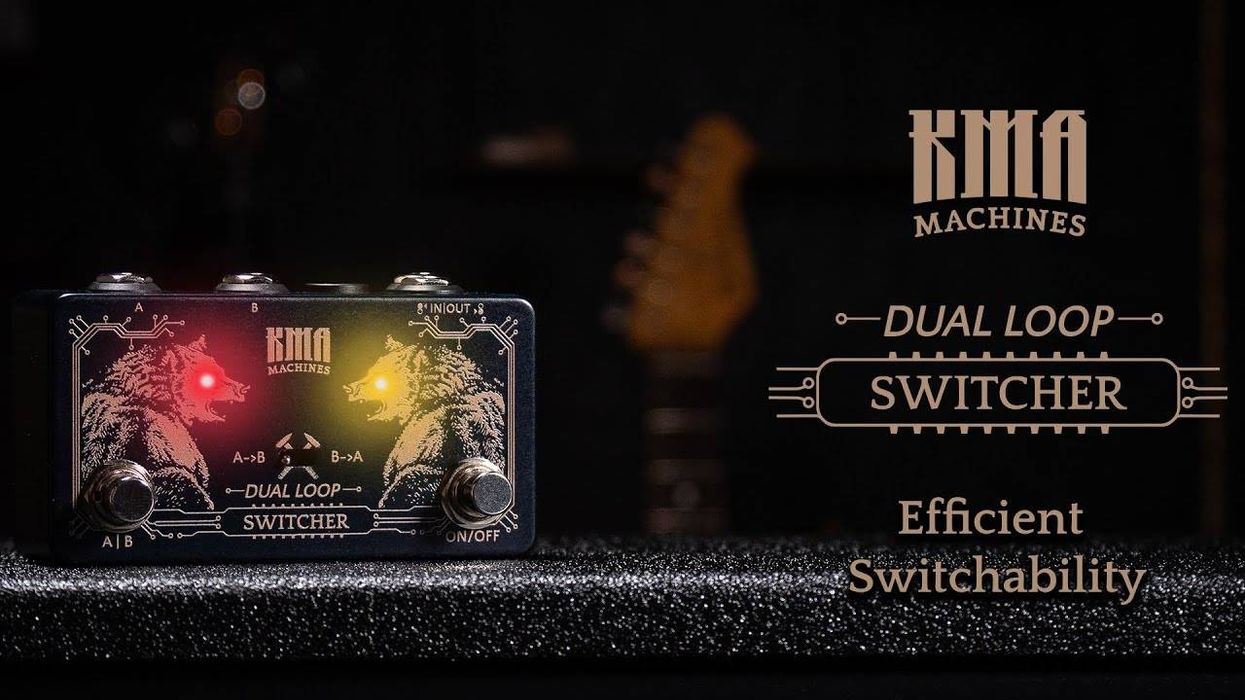

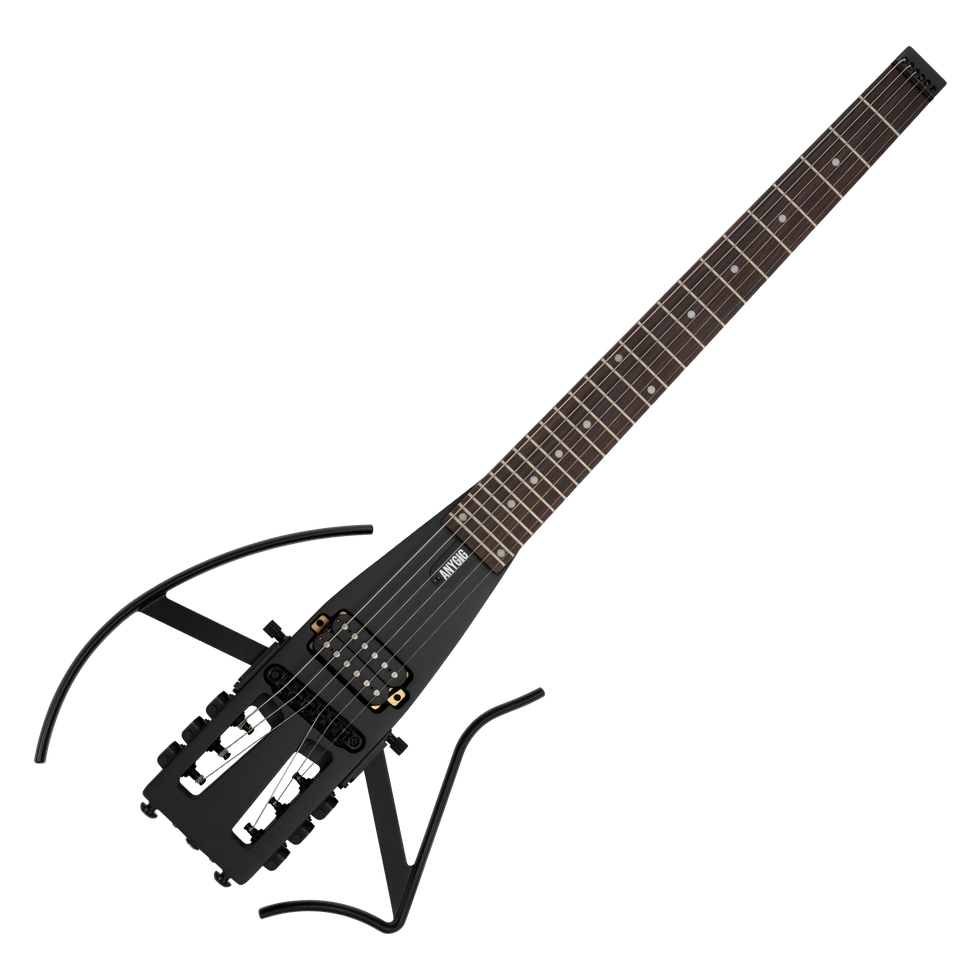


![Rig Rundown: AFI [2025]](https://www.premierguitar.com/media-library/youtube.jpg?id=62064741&width=1245&height=700&quality=70&coordinates=0%2C0%2C0%2C0)


![Devon Eisenbarger [Katy Perry] Rig Rundown](https://www.premierguitar.com/media-library/youtube.jpg?id=61774583&width=1245&height=700&quality=70&coordinates=0%2C0%2C0%2C0)

